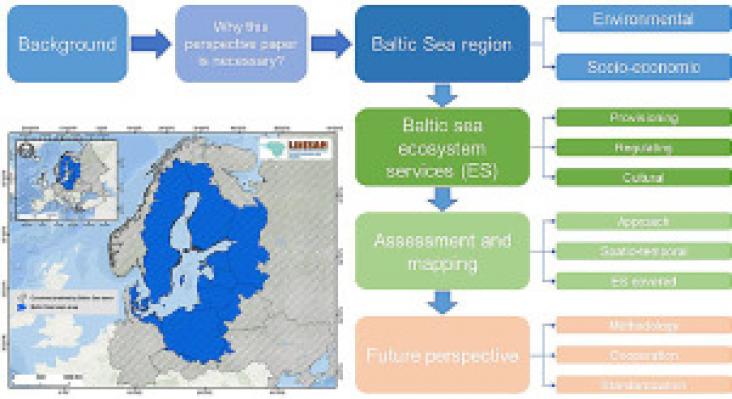This paper reviews the evidence on slow-onset events presented in the Special Report on Climate Change and Land (SRCCL) and the Special Report on the Ocean and Cryosphere in a Changing Climate (SROCC)
This paper advances the literature on multiple knowledge systems, showing how Traditional and Local Knowledge (TLK) systems can collaborate with scientific knowledge to advance understanding of the sl
If we can’t see race and ethnicity in research, how will we see racial inequality?
This Comment article supports SDGs 3, 10, and 17 by highlighting the need for full inclusivity and representation, and the involvement of a diverse range of stakeholders and voices, in order to successfully design solutions to global health problems and to reform the systems that are exacerbating global health inequities.
Open Access (OA) and the advent of access programs such as Research4Life have rapidly transformed the publishing landscape. In some ways, they have made strides in bridging the knowledge gap between high- and low-income countries. In other ways, they may present obstacles, so it’s important to ensure that a move towards open access doesn’t disadvantage low-income countries.This article contributes to SDGs 10 and 17.
An Article in support of SDGs 3 and 17, analysing the extent to which the budgets of The Global Fund to Fight AIDS, Tuberculosis and Malaria support health security, highlighting the importance of disease-specific global health initiatives to support health security efforts and to respond to current and future pandemics.
A Review, in support of SDGs 3 and 17, summarising the efforts of a target product profile working group formed after the Sunnylands Summit: The Path Toward Ending HIV, in Feb 7–9, 2019, to develop target product profiles for HIV curative interventions.
Current food systems are failing to guide children towards healthy diets.

The Baltic Sea is essential for marine ecosystem services (MES) provision and the region's socio-economic dynamics. It is considered one of the busiest and most polluted regional seas in Europe.
Transforming food systems is essential to ensuring nutritious, safe, affordable, and sustainable diets for all, including children and adolescents.
